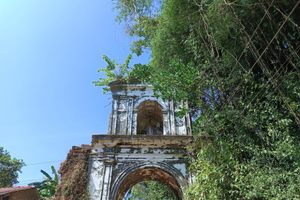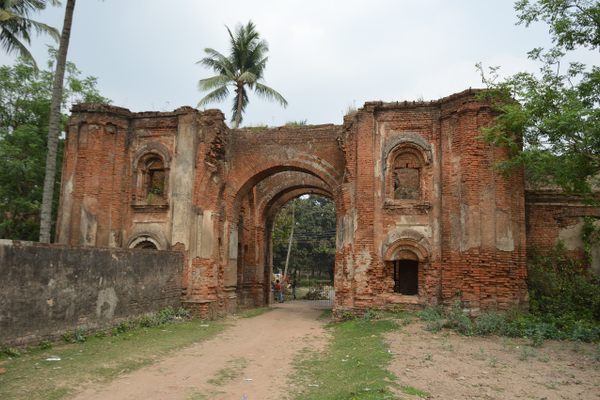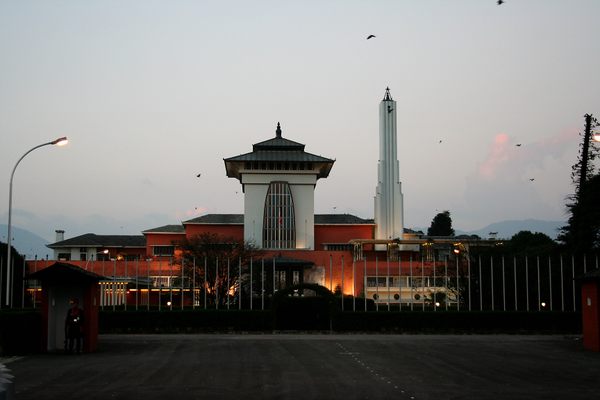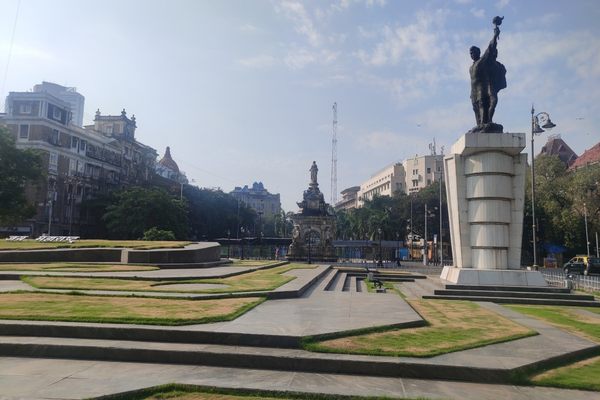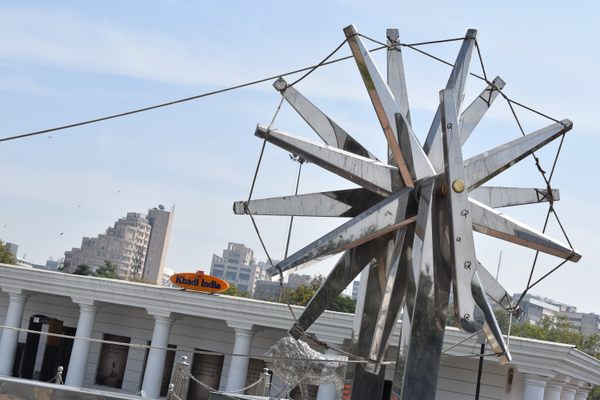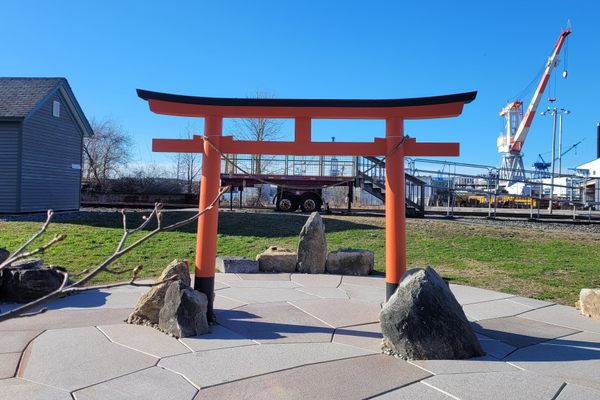About
Amongst the many churches and convents that are a part of Old Goa, lies an unassuming relic from the past. A small flight of steps leading up to a stone doorway.
Once upon a time, this was a part of the palace of Yusuf Adil Shah, Sultan of the Bijapur Kingdom. In 1510, Portuguese colonial forces defeated the forces of Adil Shah and assumed control over the land. The palace was used as a residence by the Portuguese Governors until 1695, and after that on festive occasions. As per their tradition, the new Viceroy stayed at this palace and awaited the receipt of the ceremonial keys to the city of Old Goa at the Viceroy's Arch from the exiting Viceroy. The exiting Viceroy waited here as well, before boarding a ship back to Portugal.
The palace was called Idalcaon Palace by the Portuguese. It was abandoned during the 17th century epidemic and was later demolished in 1820 on orders of the Portuguese Government. The material was carried to the city of Panjim for building houses. The gateway is all that remains today. The artistic pillars are made of basalt. A lintel adorns the top. The entire structure lies on a raised platform.
Surrounded by trees, it can be approached by means of a stone pathway. It looks like the kind of magical portal that might open up to a different corner of the earth in a fantasy novel. You never know, if you pass through it, maybe you will be transported to a castle on the other side of the planet!
Related Tags
Know Before You Go
This gateway lies right next to the Church of St. Cajetan. The Viceroy's Arch also lies right next to it.
Delhi and Rajasthan: Colors of India
Discover Colorful Rajasthan: From Delhi to Jaipur and Beyond.
Book NowCommunity Contributors
Added By
Published
August 16, 2021














